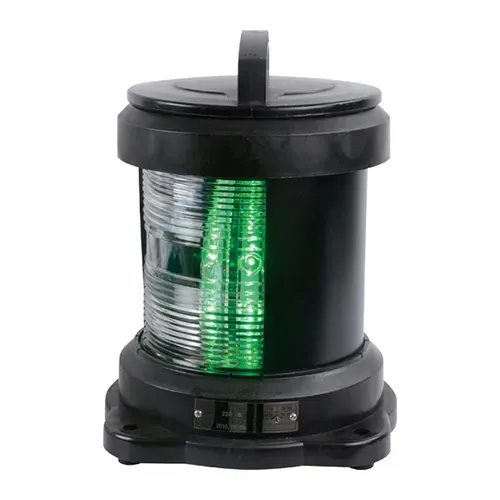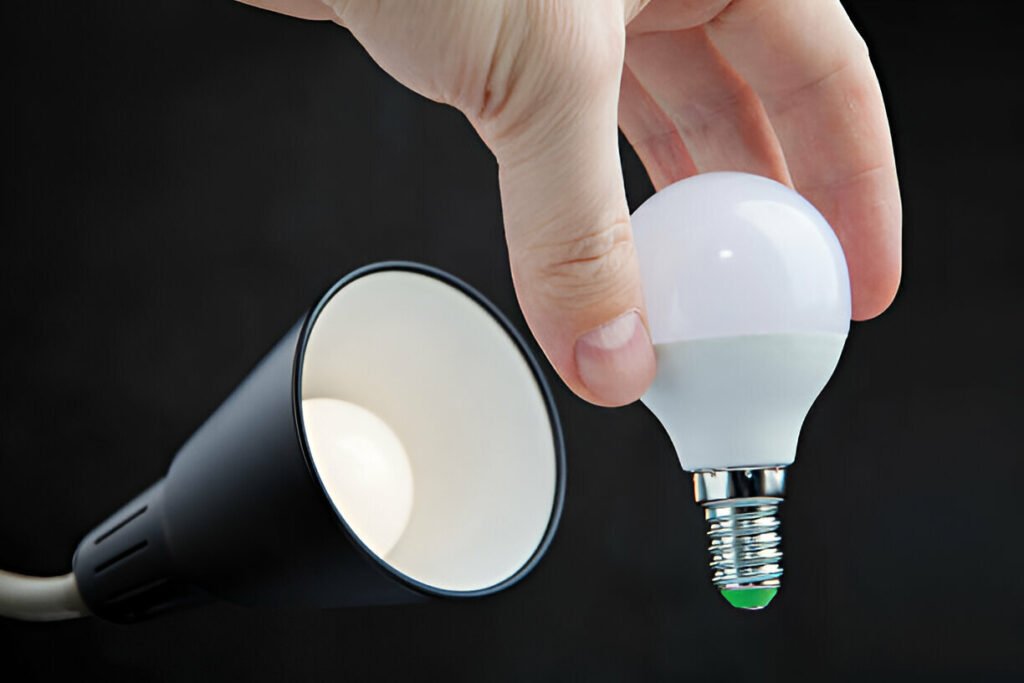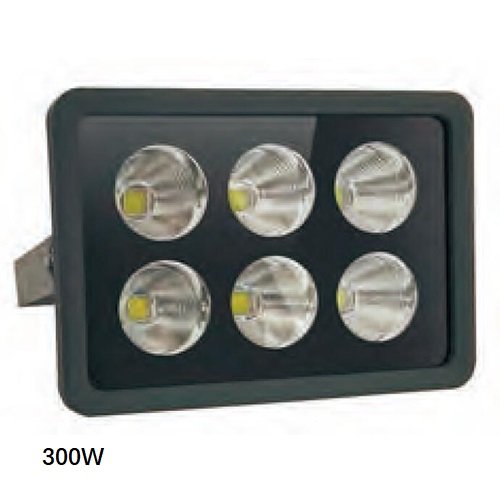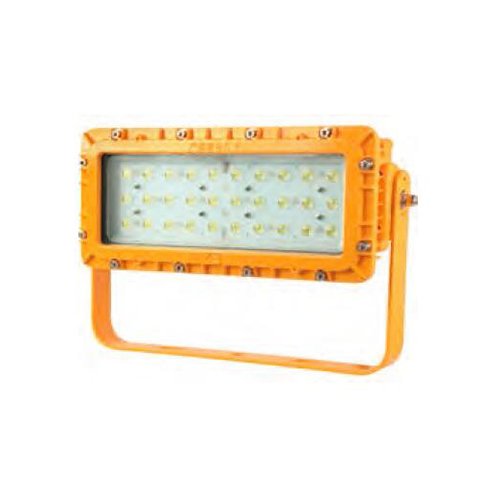Applications of in shipbuilding, aquaculture and diving
Marine LED lights are revolutionizing shipbuilding, aquaculture, and diving with their efficiency, durability, and environmental benefits.Marine lights are widely used in a variety of fields, including shipbuilding, aquaculture, and diving.
Shipbuilding
In shipbuilding, it is used for interior and exterior lighting of ships.Interior lighting includes areas such as crew cabins, engine rooms, and corridors, while exterior lighting is used for lighting around decks and hulls. The high efficiency and long life of LED lights make them an ideal alternative to traditional lighting.
Aquaculture
In aquaculture, it can be used to increase the growth rate of fish and reduce diseases. By adjusting the intensity and color of light, it can also simulate the natural light environment, reduce the stress response of fish, and promote their healthy growth.
Diving
In diving, it is used to illuminate the underwater environment and help divers see the surrounding environment clearly in dark or turbid water. The diving light has high brightness and pressure resistance, suitable for deep water operations and night diving.

Advantages and disadvantages of lights compared with traditional incandescent and halogen lamps
Advantages
- High energy efficiency: LED lights are more energy efficient than traditional incandescent and halogen lamps, consume less energy, and reduce the electrical load on the ship.
- Long life: LED lights have a service life of more than 5 times longer than traditional bulbs, reducing replacement frequency and maintenance costs.
- High safety: LED lights do not contain toxic substances, do not produce harmful chemicals when broken, and their materials are stronger and less likely to break.
- Environmentally friendly: LED lights have a low carbon footprint and help reduce environmental pollution.
Disadvantages
- High initial cost: The initial purchase cost of LED lights is high, which may put a strain on projects with limited budgets.
- Light decay: Although LED lights have a long life, their light output will gradually decay over time and need to be checked and replaced regularly.
Will marine LED lights affect marine life?
The impact of LED lights on marine life is a complex issue. Studies have shown that the spectrum and intensity can affect the behavior and physiological state of fish.
For example, different colors of light can attract or drive away specific types of fish, thus affecting fishing efficiency and ecological balance. In aquaculture, reasonable use can reduce the stress response of fish and promote their healthy growth.
Lumen range of common marine lights
The lumen range of marine LED lights varies depending on the application scenario. Generally speaking, the lumen range of lights for ship interior lighting is between 1,000 and 5,000 lumens, while the lumen range of lights used for deck and exterior lighting can reach more than 10,000 lumens.
In aquaculture, its lumen range is usually between 5,000 and 100,000 lumens to meet the needs of different water depths and fish species. The lumen range of diving lights is determined by the diving depth and ambient light conditions, and is usually between 1,000 and 30,000 lumens.
Marine lights offer significant advantages over traditional lighting, including energy efficiency and durability. However, their impact on marine life and higher initial costs must be considered. Balancing these factors is crucial for sustainable marine applications.





